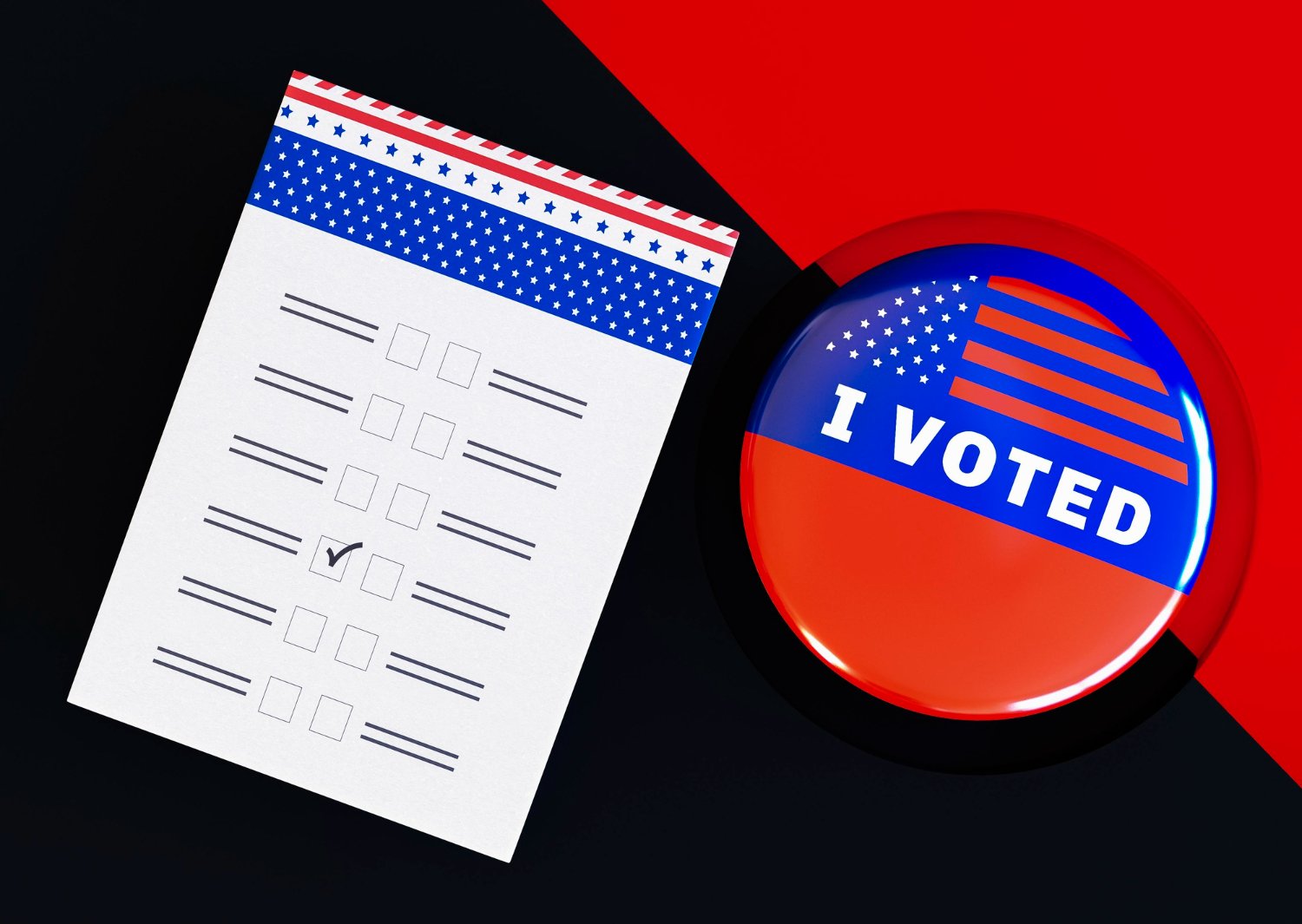Holiday seasons during election years present unique challenges and opportunities for retailers. Successful businesses understand that 2024 demands thorough preparation in inventory management and digital marketing strategies. Market data reveals that election periods might cause short-term disruptions, but retailers who adjust their approach come out stronger when elections end.
Political uncertainty shouldn’t hurt holiday retail performance. Retailers can gain an edge over competitors by building flexible supply chains and adjusting their marketing schedules. They should also prepare to capitalize on post-election opportunities. Consumer spending bounces back quickly after elections, especially when you have authentic messaging and value-focused promotions.
The market changes during elections don’t last forever. Smart retailers focus on their core business strategies and make tactical adjustments based on the political climate. This approach helps them capture their share of the holiday market, whatever the election results may be.



